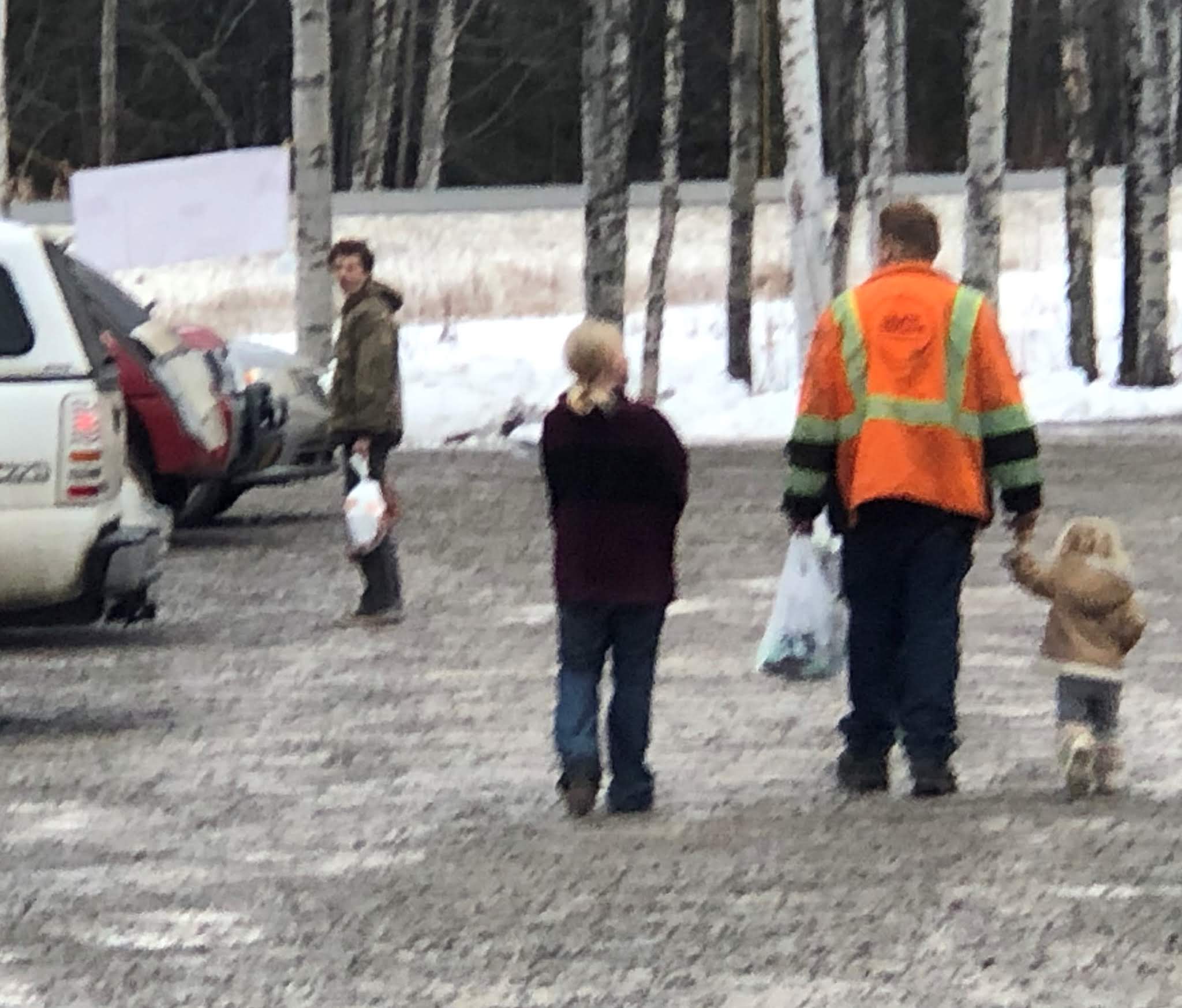Captives in Lala Land…

January 26, 2019 – Previous version published in ECHO Magazine.
Once upon a time, the people of Alaska voted to move the state capital out of the backwater Southeast community of Juneau. By a vote of 46,659 to 35,683 a 1974 voter initiative Relocating and Constructing a New Capital called for the construction of the new capital at one of two or three sites nominated by a selection committee appointed by the Governor…Construction must allow movement of offices to begin by October 1, 1980.
The people had spoken; of 82,342 votes cast, 57 percent of Alaskans wanted the capital moved. But the devil was in the details.
A follow-up 1976 public initiative Capital Site Selection resulted in selection of the Matanuska-Susitna Borough community of Willow as the chosen location of the new capital. Of 105,558 votes split three ways for choosing where the people of Alaska wanted the capital moved to, 56,219 (53%) wanted it on the road system in Willow.
[1]
Many Alaskans had believed their elected officials would do what they were directed to do–move the capital to Willow.
Like Juneau, Willow is a community built after miners discovered gold in the area in 1897. This area of Alaska has a long history as a rugged rural community. Supplies from Knik were initially transported over a 26-mile summer trail along Willow Creek, which became Hatcher Pass Road. In 1920, the Alaska Railroad built its Willow station house at mile 185.7 along the tracks leading from Seward to Fairbanks. By 1954, Willow Creek was Alaska’s largest gold mining district, with a total production approaching 18 million dollars.
[2]
In 1970 Willow had a population of 78.
[3]
Land disposals, homestead subdivisions, and completion of the George Parks Highway in 1972 fueled growth in the area. The capital move initiative expanded Willow’s population and caused land speculation, but funding for moving the capital was ultimately defeated in the November 1982 election.
That is why the Capital never relocated, Southeast Alaska interests rallied and some elsewhere lost faith.
Today, Willow is a thriving community of a lot of regular Alaskans. Many know they were once set up by the whims of a public initiative, but have faith in our state government anyway. Annual distribution of the Permanent Fund Dividend reinforces that faith.
[4]
I know this because on November 17, 2019 in a Willow Thanksgiving tradition, I met many residents as I passed out turkeys at the Willow Methodist Church, to anyone who could prove they live in Willow.
The Willow distribution was orderly, and organizers told me they passed out some 172 frozen turkeys with bags of potatoes and apples, cans of vegetables, biscuits, and other fixings. Families arrived in the kinds of automobiles you would expect to be driven at a place where a lot of Alaskans live off the grid. All of the cars were dirty, all of the people were happy and thankful.
In the 2010 census, Willow had a population of 2,102, which is an increase of 352 people over the 2000 census.
It is now the official host of the Iditarod Trail Sled Dog Race restart. Many dog mushers live in the area. The estimated median household income in 2016 was $50,617, and median resident age is 40.9. Among households in Willow, 90.3% are all white.
Willow would be a very different place today if the 1974 Ballot initiative were honored. Instead, the November 1978 election initiative called for ”Full Bondable Costs of Relocating Capital.” It too passed, requiring every penny imaginable relating to the cost of moving the capital to be identified, including “social, economic and environmental impact to the present and relocation sites.” The margin between pro and con on this initiative was 14,161 votes of 124,667 cast.
A second bonding proposition presented to the voters in 1978 estimated cost to move the capital at $966,000,000. Of course, the voters didn’t give a blank check of that amount to the politicians, and that initiative lost 88,782 to 31,491. How could they have imagined our Permanent Fund would in 2018 be in excess of $66 billion–more than 66 times the estimated cost in 1978?
Back then only 35% of the voters had faith that the price was worth it.
In November of 1982, Alaska voters were again asked, in Ballot Proposition #8, whether the cost, revenue, and population estimates set out by planners (estimated to total 2,843,147,000) could be spent to accomplish relocation of a functional state capital from Juneau to the new capital site at Willow. Again, it went down 102,083 to 91,049. The price had increased by more than double, at a time when Alaska oil revenues from North Slope production were at their highest, but the margin of defeat was narrow.
For perspective, Juneau had a population of 6,050 in 1970, and by 1980 it had grown to 19,528. In 1990 the population of Juneau reached 26,752, and by 2000 it had 30,704 residents. In 2010 the population of Juneau reached 31,275.
[5]
Estimated median income of Juneau households today is $87,436—17% higher than the Alaska average.
[6]
Willow, this past Thanksgiving, would have been a much different place had that vote to not invest in moving the Alaska capital nearly 40 years ago were different. Alaska would be different, too.
- [1]http://www.elections.alaska.gov/doc/info/capmove.htm
- [2]State of Alaska Dept of Commerce, Division of Community & Regional Affairs Community Database Online at https://dcced.maps.arcgis.com/apps/MapJournal/index.html?appid=e8aa14c9c2ec485dbd19a387347c0f79#detail
- [3]Dictionary of Alaska Place Names
- [4]http://www.city-data.com/city/Willow-Alaska.html
- [5]https://population.us/ak/juneau/
- [6]https://www.areavibes.com/juneau-ak/employment/

